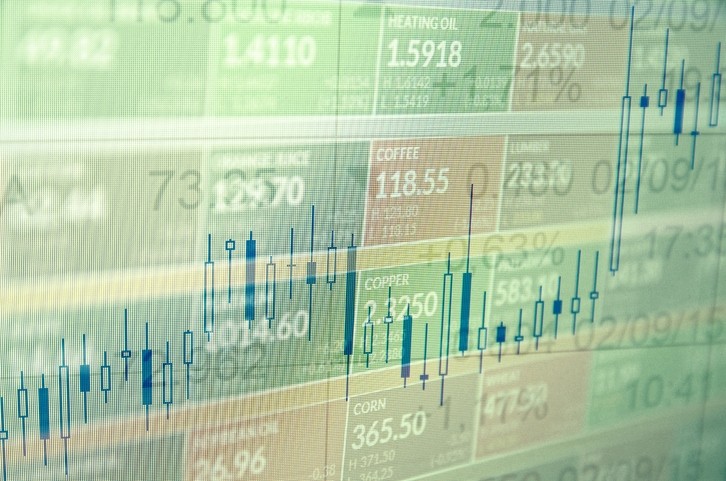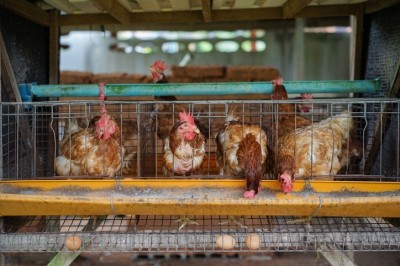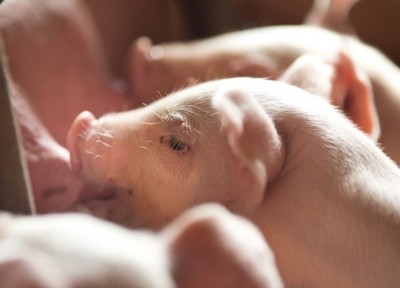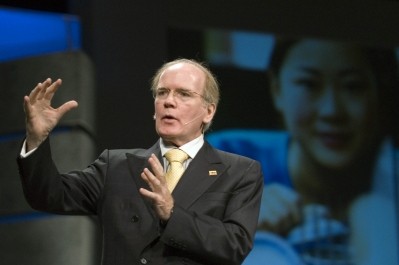Alltech: Global feed production continues past 1bn ton mark

The Kentucky-based feed additive company released the results of its seventh annual global feed survey on Thursday. The data used to generate the report came from visits to more than 30,000 feed mills in 144 countries.
The survey offered a look at feed production as an indicator of the amount of animal proteins and products that are being generated and of the global economy, said Aiden Connolly, chief innovation officer and vice president of corporate accounts with Alltech. “I image that we’ll continue to see feed being extremely central as an indicator of the economic growth of the world and its economic health,” he added.
“This year’s numbers demonstrated that we have passed the number of 1bn tons for the second time, last year was the first time it did so,” he said during the presentation. “This year we grew a further 2.75% on top of last year’s number taking it to 1.07bn metric tons of feed being manufactured all over the world.”
The feed generated includes products for cattle, swine, dairy cows, poultry, aquaculture, horses and pets, he said.
Since 2012, feed production has grown 13% or an average of 2.49% compound growth per year, he said.
Regional highlights
Looking regionally, Africa and Europe saw the largest increases in production, said Connelly.
“Africa is up to almost 40m tons of feed,” he said. “That’s a 29% increase over the last five years.”
By species, the continent saw the largest growth in feed production for layers, at 11%, followed by broilers and in dairy feed production, the company reported.
“Africa is very much on the fast track,” said Connolly. “And it’s growing strong across all species, pigs, pets, layers, horses, dairy and broilers with perhaps beef and aquaculture down slightly in terms of growth rate, but the most important thing to see here is that Africa is on course to produce far more animal proteins for its own consumption.”
Europe saw an increase in feed production of about 28% for the same time period, he said. Much of the growth came from Russia, Ukraine and Belarus.
Latin America has seen about 17% growth in the past five yeasr, while North America saw an increase of about 3%, he said. The Asian Pacific region was up by 7% and the Middle East grew by 6%.
The top seven feed producing counties for 2017 include, in order, China, the US, Brazil, Russia, Mexico, India and Spain, the company reported.
China’s production fell slightly, by about 0.39%, to a production amount of 186.9m metric tons, while the US grew 2% to a production of 173m metric tons, the company said. Brazil’s production was 69.9m metric tons and Russia produced about 37.6m metric tons – an increase of 19% from the previous year.
Industry value
Looking forward, the expectation is that feed costs are likely to remain low, said Connolly.
“Those low feed costs are being kept down by the fact that we have a flush in corn and cereals in the marketplace – it seems as though we’ve had record harvests for soybeans and proteins so it doesn’t look like there is any indication that feed prices will go higher,” he said.
“Every year we try to estimate the value of the feed industry,” he said. “We do this by taking acreage prices for the major feeds and multiplying it by the amount of feed we’re producing globally – more specifically in the case of pigs, broilers and layers we do dig in and do see what the average price is of finisher feed.”
In total, the value of the feed industry is estimated to be about $430bn, he said. Alltech considers finishing feeds as they tend to be the most consistent in price and are least likely to include high-cost ingredients.
Looking at the price of finisher feeds, the country with the highest price for swine feed was Macedonia, while Algeria had the most expensive feed for layers and Cameroon for broilers, said Connolly. However, Venezuela had the lowest price for finishing feed for swine, and Moldova and Slovakia had the lowest prices for layers and broiler feed respectively.
“For regional feed costs, on average, Africa is higher and Asia Pacific as well,” he said.
Lower costs tend to highlight regions where feed ingredients including cereal grains or proteins are being produced and are easier to access, he added.












